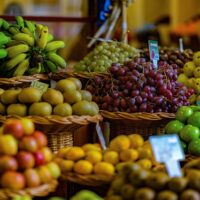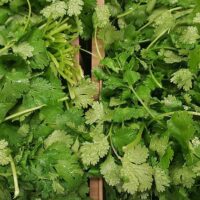The Art of Doing Nothing
A friend of mine recently mentioned that she wastes lots of time.
While wasting time is a real thing, there is also the art of doing nothing.
There’s a BIG difference.
It’s all in the perspective, intention, and result.
This week, I practiced the art of doing nothing for part of a day. I found it to be refreshing, restorative, and very necessary.
I sat with toes dangling in a cool lake looking at lots of water and blue sky. I did absolutely nothing, while my “To Do” list for the week sat idle.
Nothing was happening or getting checked off. 
This concept may send some of you into a frenzy. The more frenzied you become, the more you would probably benefit.
Doing nothing and enjoying it gave me the fuel to tackle the “To Do’s” with better focus and drive.
We all have challenges that tend to be energy zapping. Stuff happens and our response is, “Really?”
Big hairy stuff, little annoying stuff, and everything in between.
Choosing to enjoy doing nothing may bring a bit of peace and calm into your world. It can be meditative in nature, or not.
Wasting time happens when you spend an hour or more thinking about what you “should” be doing and finding yourself in a frenzy because you didn’t do the thing and didn’t enjoy the time you spent thinking about it.
Perhaps that is the art of procrastination, which I am also very good at some days.
This week may be a good one to spend a little time intentionally doing nothing. Five minutes or a day. You get to choose. If you’ve recently sent children and young adults off to school, you may need a day.
Doing nothing can happen anywhere. And it’s free unless you play hooky from work and lose on your paycheck.
Watch a movie, sit on your porch, dangle your toes in a lake. Do nothing.
A Special Note to Empty Nesters
If you and your partner find yourself in this category and need help figuring out a plan to get in better shape, better health, and enjoy a life that no longer revolves around sporting events, graduation parties, and lots of other hoopla, let’s talk.
It can feel weird when everyone leaves home and there’s no other chatter around the dinner table.
It’s a big adjustment.
Now is YOUR time.

Working with couples is one of my specialties. Together, we get stuff done and have fun in the process.
Keep in mind, I live with Mr. Non-Compliant. I get it if one of you is all in and the other is, well, a bit on the non-compliant side.
I’m here if you need me.
Wishing you a fabulous week as you practice the art of doing nothing.
Much love,
Health Coach Carol
“The hardest thing is to do nothing and do it well.”―Marty Rubin








